Ditapis dengan
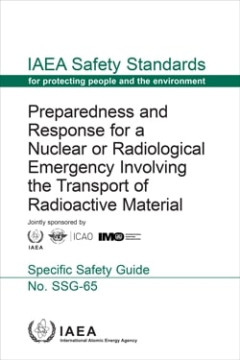
Preparedness and Response for a Nuclear or Radiological Emergency Involving t…
Radioactivity is a natural phenomenon and natural sources of radiation are features of the environment. Radiation and radioactive substances have many beneficial applications, ranging from power generation to uses in medicine, industry and agriculture. The radiation risks to workers and the public and to the environment that may arise from these applications have to be assessed and, if necessar…
- Edisi
- -
- ISBN/ISSN
- 978–92–0–127621–6
- Deskripsi Fisik
- 91 p
- Judul Seri
- IAEA safety standards series
- No. Panggil
- 614.876 IAE p
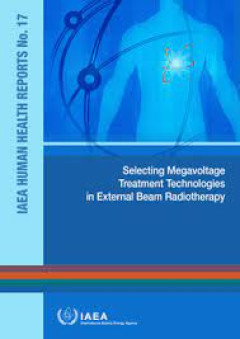
Selecting Megavoltage Treatment Technologies in External Beam Radiotherapy-IA…
Radiotherapy is one of the major treatment modalities for cancer, along with surgery and chemotherapy. It has been shown to be cost effective in many countries, including in low and middle income countries (LMICs) [1, 2]. Depending on the predominance of specific cancers in the geographic region in question, approximately 40–60% of all cancer patients can benefit from radiotherapy [3–6]. …
- Edisi
- -
- ISBN/ISSN
- 978–92–0–116921–1
- Deskripsi Fisik
- 58 p
- Judul Seri
- IAEA human health reports
- No. Panggil
- 615.849 IAE s
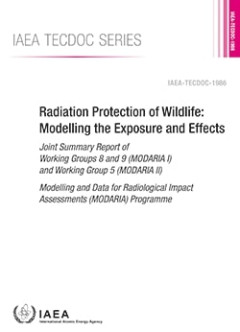
Radiation Protection of Wildlife: Modelling the Exposure and Effects, IAEA TE…
In recent years there has been a rapid development in models and approaches to assess whether the environment (or wildlife) is protected from releases of radioactive material. Through the Environmental Modelling for Radiation Safety (EMRAS and EMRAS II) and Modelling and Data for Radiological Impact Assessments (MODARIA I and MODARIA II) programmes, the IAEA has facilitated knowledge sharing on…
- Edisi
- -
- ISBN/ISSN
- 978-92-0-138021-0
- Deskripsi Fisik
- 89 p
- Judul Seri
- IAEA TECDOC series
- No. Panggil
- 614.715 IAE r
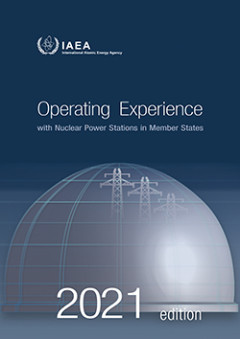
Operating Experience with Nuclear Power Station in Member States; IAEA/OPEX/2021
This report contains the 52nd edition of the IAEA’s series of annual reports on operating experience with nuclear power plants in Member States. It is a direct output from the IAEA’s Power Reactor Information System (PRIS) and contains information on electricity production and overall performance of individual plants during 2020. In addition to annual information, the report contains a hist…
- Edisi
- 2021
- ISBN/ISSN
- 1011-2634
- Deskripsi Fisik
- 1619p.: illus.; 26cm.
- Judul Seri
- IAEA/OPEX/2021.
- No. Panggil
- 621.48 IAE O
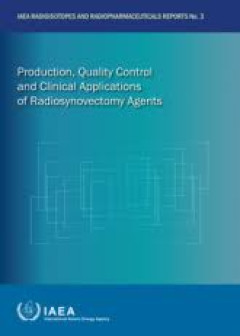
Production, Quality Control and Clinical Applications of Radiosynovectomy Age…
Therapeutic radiopharmaceuticals play a major role in today's nuclear medicine with a positive impact on the diagnosis and treatment of diseases. One area of application is radiation synovectomy (RSV). Previously, RSV agents were often simple colloids. More recently, matrixes labelled with short/medium range beta emitters have been developed. However, the lack of generic and peer-reviewed produ…
- Edisi
- 2021
- ISBN/ISSN
- 2413-9556
- Deskripsi Fisik
- 140p.: illus.; 26cm
- Judul Seri
- -
- No. Panggil
- 615.849 IAE P
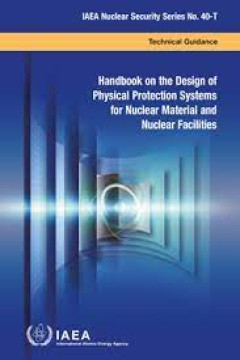
Handbook on the Design of Physical Protection Systems for Nuclear Material an…
This publication provides comprehensive detailed guidance for States, competent authorities and operators on how to implement the recommendations and implementing guidance of existing IAEA Nuclear Security Series publications for an effective physical protection system (PPS) for nuclear facilities and nuclear materials in use and storage. It provides further technical detail on how to design an…
- Edisi
- 2021
- ISBN/ISSN
- 978-92-0-100120-7
- Deskripsi Fisik
- 200 p
- Judul Seri
- IAEA Nuclear Security Series No. 40-T
- No. Panggil
- 621.039.58
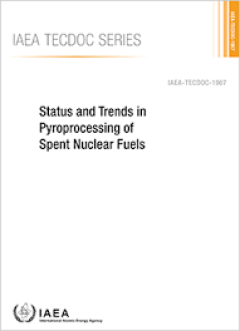
Status and Trends in Pyroprocessing of Spent Nuclear Fuels: IAEA TECDOC No. 1967
The importance of recycling the spent nuclear fuel through partitioning processes has been recognized worldwide for increasing and sustaining nuclear energy. Therefore, the development of advanced partitioning processes, based either on hydrometallurgical or on pyrometallurgical technologies, has received an increasing interest in recent years. Moving towards industrial demonstration, partition…
- Edisi
- 2021
- ISBN/ISSN
- 978-92-0-122821-5
- Deskripsi Fisik
- 150 p
- Judul Seri
- -
- No. Panggil
- 363.7289 IAE s
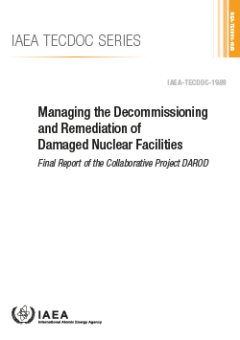
Managing the decommissioning and remediation of damaged nuclear facilities - …
In response to the accident at the Fukushima Daiichi nuclear power plant in March 2011, the IAEA developed the IAEA Action Plan on Nuclear Safety. One of the objectives of the plan was to ensure that, following a nuclear emergency, people and the environment are protected from ionizing radiation. One of the activities undertaken to address this objective was the International Project on Mana…
- Edisi
- 2021
- ISBN/ISSN
- 978-92-0-142521-8
- Deskripsi Fisik
- 136 p
- Judul Seri
- -
- No. Panggil
- 539.7 IAE m
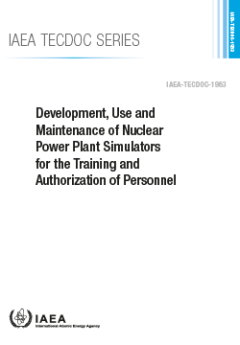
Development, Use and Maintenance of Nuclear Power Plant Simulators for the Tr…
The use of simulators for the training and qualification of nuclear power plant (NPP) control room operating personnel has become a standard practice throughout the world to develop and reinforce knowledge of plant systems and their relationships. It is an approach to increase the ability to apply plant procedures, to advance practical skills in operating the plant in normal, abnormal and emerg…
- Edisi
- 2021
- ISBN/ISSN
- 978-92-0-121121-7
- Deskripsi Fisik
- 182 p
- Judul Seri
- -
- No. Panggil
- 621.312 IAE d
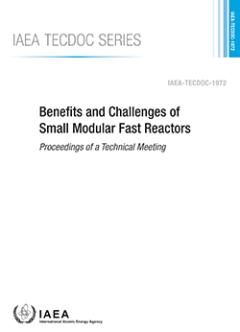
Benefits and Challenges of Small Modular Fast Reactors: IAEA TECDOC No. 1972
The IAEA ussually defines small and medium sized or modular reactors (SMRs) as reactors producing up to 300 MW(e) (small sized or small modular) and reactors producing 300-700 MW(e) (medium sized). There has been increasing interest in SMRs globally owing to their variois benefits, such as flexible power generation options, the wide range of applications, enhanced safety resulting from inherest…
- Edisi
- 2021
- ISBN/ISSN
- 978-92-0-124121-4
- Deskripsi Fisik
- 362 p
- Judul Seri
- -
- No. Panggil
- 621.483 IAE b
 Karya Umum
Karya Umum  Filsafat
Filsafat  Agama
Agama  Ilmu-ilmu Sosial
Ilmu-ilmu Sosial  Bahasa
Bahasa  Ilmu-ilmu Murni
Ilmu-ilmu Murni  Ilmu-ilmu Terapan
Ilmu-ilmu Terapan  Kesenian, Hiburan, dan Olahraga
Kesenian, Hiburan, dan Olahraga  Kesusastraan
Kesusastraan  Geografi dan Sejarah
Geografi dan Sejarah